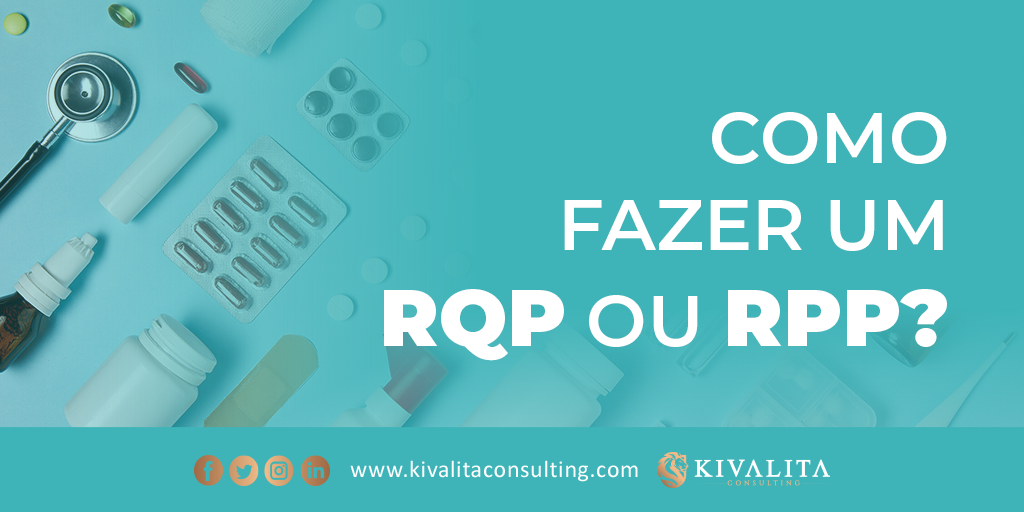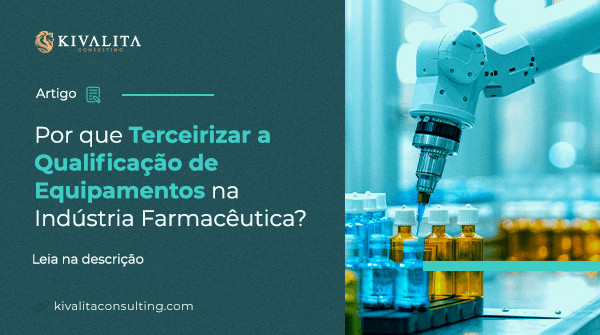Are your company’s professionals prepared to prepare the “Product Quality Review” report,or simply “RQP”? First of all, it is important to know that RDC 301/2019 renamed this report, which was called RPP,“PeriodicProduct Review”. Thus, we will refer here, in this article, by its current nomenclature, ie RQP.
The fact is that many managers and professionals have doubts about various aspects of this report, to prepare it. Examples of these questions are: what basis should be used to make statistical calculations? Which lots should be considered? How much in how long should an RQP be drawn up? What are the guidelines of the standard? Among many other questions.
In this article, we’ll answer these and other questions, so you can learn more about the “Product Quality Review” report. Let’s go, shall we?
Identifying product manufacturing batches
For an RQP with consistent statistical results, at least ten manufacturing lots must be predicted for a period of one year. According to RDC 301/2019, the company must carry out the RQP annually, in a way that includes ten consecutive batches of the product.
And how are companies that do not manufacture ten consecutive batches of the product in the annual period? In this case, you should then search for a previous history, in such a way as to obtain a statistical basis of the results.
The ten consecutive batches are necessary for an effective statistical analysis, through which there is a trend, that is, whether the product was about to leave the specifications or not – here, it is essential to establish a scale that points out the specification limit, as an alert for a possible deviation.
It is also important to have a critical analysis of the product in question. RDC 301/2019 deals very much with the issue of critical analysis, from raw material to printed packaging.
In the event that the Product Quality Review report is too extensive, it is okay to enter a code to send it to a critical and statistical analysis of the results. The most relevant is to have the traceability of the information, taking immediate account of any requests from the audits.
Going beyond validations
Before thinking about the most common validations in a product manufacturing (e.g. process, cleaning), it is necessary to clarify that for the RQP report it also requires to provide for validations of computerized systems, equipment qualification, qualification of suppliers, transportation validation, validation of analytical methodology, etc.. Therefore, the theme is quite comprehensive about the product.
Similarly, all changes made during the period – such as validation in water systems and air systems, or any change in qualifications and validations – that are inherent in the manufacture of the product, should be included in the Product Quality Review.
For the validation of the systems, then, it is necessary to consider the inventory of the systems currently validated in the company and document which of them have underwent changes, so that everything is properly documented in the RQP. Therefore, all updates and maintenance, for example, should be considered in the report in question.
Moreover, companies should use specific quality systems, dulyvalidated, to plan their data and have an effective critical and statistical sense. For those who make use of excel, however, it must be validated for its use, as directed in Anvisa Guide 33.
At the end, this report will demonstrate all impacts and trends statistically and what actions the company has taken after detecting them in its RQP. Also recalling that this RQP report is required in periodic inspections of good practices of companies, certifying that the company is in compliance with the requirements of the health agency.
Structure, what a Product Quality Report should have?
It is often difficult to know exactly what points RQP requires. It is essential to be in mind that we need to anticipate all needs. Here we list some of them:
- Assessment of the qualification of its suppliers – attention to this point that RDC 301/2019 already provides for on-the-spot audit for this validation;
- Analysis of the raw materials used and packing materials is involved with the product (secondary and printed primer);
- Qualification of equipment and validation of systems involved in the production chain,laboratory, QMS and product analysis;
- Validation of processes (of at least 3 consecutive batches);
- Cleaning validation;
- Validation of analytical methodology;
- Transportation Validation (according to RDC 430);
- Verification of the control in process of industry ZIP codes, during the production of the product;
- Critical analysis of the controls of changes, deviations, non-conformities, OOs, OOT occurred in the period evaluated on the product;
- Lists the complaints, collections (product recall) and returns occurred in the period referred to in the report – critical investigation carried out at the time, on these points.
Therefore, these are some of the requirements of the RQP report, requested for the pharmaceutical industry.
More details on the topic are also available at our Café&Compliance webinar, which you can access here.
Kivalita Consulting supports companies in the correct structuring of RQP
There is no doubt that RQP is an opportunity for companies to critically evaluate their product manufacturing processes and gain insights to move forward with quality improvements.
Understanding all the specifics for proper structuring of a Product Quality Review report can seem complex and challenging. Know that Kivalita Consulting has been working for years in the area of quality management and technology validation for companies in the area of Life Science and, by having this extensive knowledge, is able to help pharmaceutical manufacturers in this mission.
Talk to us! Learn more about how we can help your company make a Product Quality Review report with consistent data, while ensuring that RQP is in compliance with stringent regulatory requirements.



